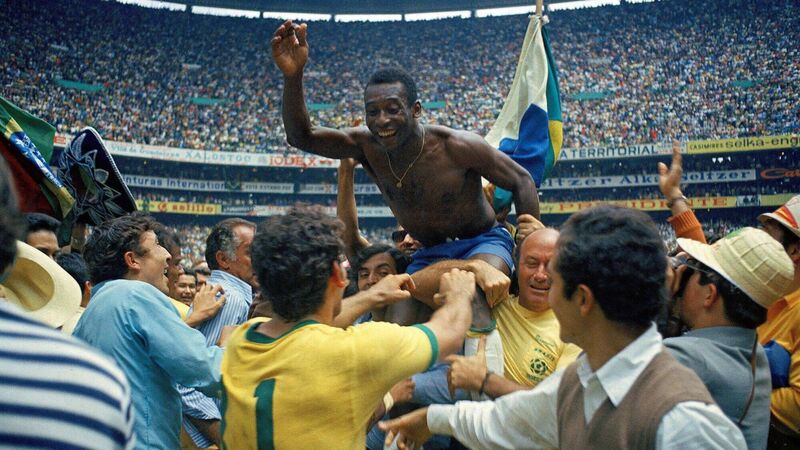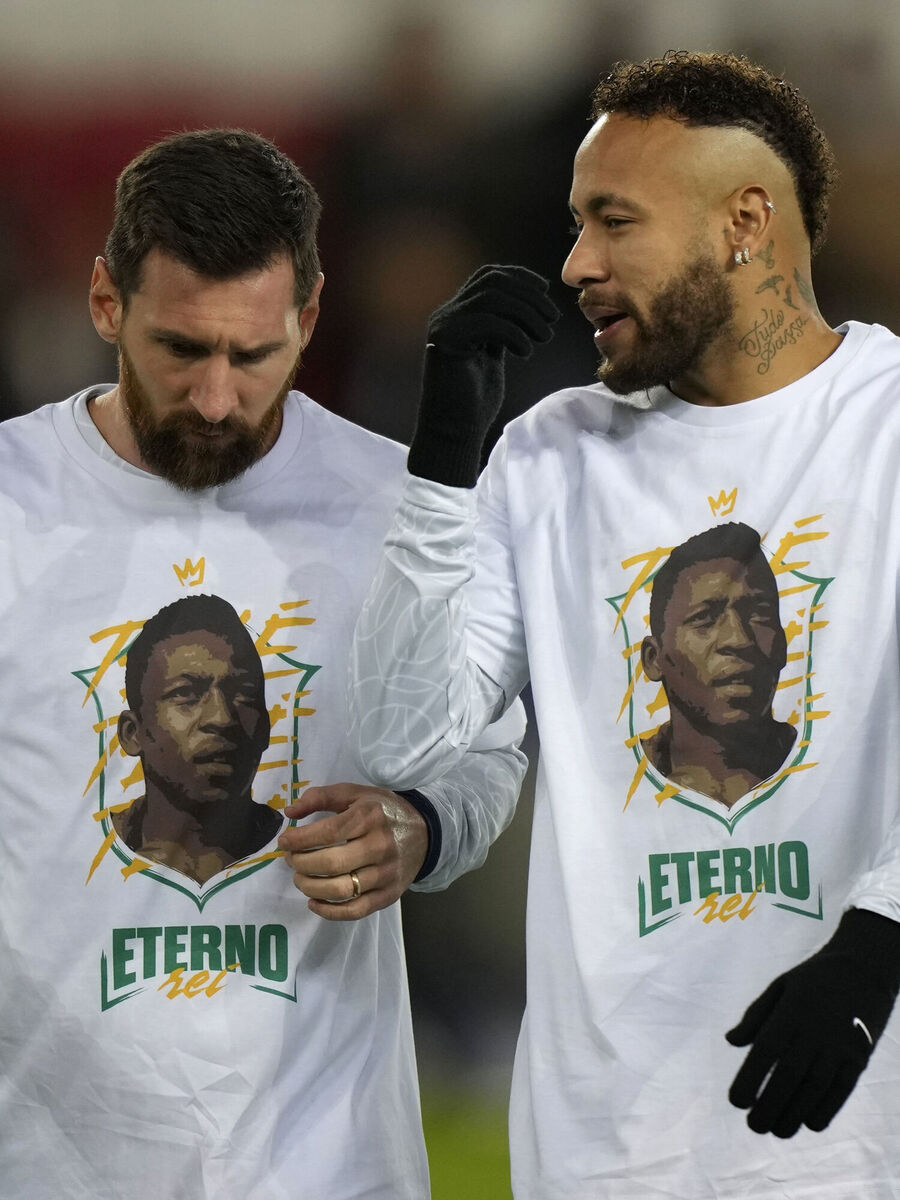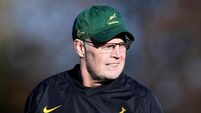Paul Rouse: What's the next frontier for celebrity culture kicked off by Pele?

ICON: Pele celebrates the victory after winning the 1970 World Cup in Mexico. Picture: Alessandro Sabattini/Getty Images
Because soccer is now the most popular sport in the world (in terms of players and spectators), it is a simple fact that its greatest stars are enormous global celebrities.
After the death of Pele, the claim was repeatedly made that he was the first global soccer star. This, in turn, made Pele one of the most famous people in the world.
Before Pele – and before television drove the creation of global soccer stars – it was individual sports that most usually produced the most famous sports people in the world.
The most obvious example of this is boxing, particularly heavyweight boxing. From the late 19th century onwards, the world heavyweight boxing champion was a truly famous individual. Jack Dempsey; Joe Louis; Rocky Marciano – these were all celebrities of genuinely international renown.
Tennis and golf, too, produced individuals who enjoyed iconic status and whose fame transcends their own era. And – of course – there were celebrated horses who were themselves hugely famous. From Seabiscuit and Secretariat to Man o’ War, horses found their fame driven not just by winning races but also by starring in Hollywood films. That is to say: they moved from the racetrack out into the mainstream of popular culture.
It is true that a couple of individuals from team sports won a fame that transcended their own sport and the boundaries of their own countries. Examples of this are W.G. Grace in cricket in the late nineteenth century and Babe Ruth in baseball in the first half of the 20th century. But there are too many countries in the world where cricket and baseball are neither popular nor understood for these men to claim a truly global fame.
The story of how sporting fame has been transformed is related to the manner in which our world has fundamentally been changed by technology. A certain level of fame could be achieved through newspapers and radio, but being able to see the actions and deeds of sports stars has brought an entirely new dimension to this fame. Indeed, it has revolutionised the meaning of fame.
At the end of World War II, there were just over 10,000 television sets in America. And then everything changed. By 1950 there were 4 million television sets and then by the end of the 1950s about 90 per cent of American families had their own television.
This story was repeated at a slower pace across the western world and then beyond in the decades that followed. When the 1960s brought technology that allowed the live broadcast of sport through satellite across the world, a huge transformation in the place of sport in the modern world now became possible.
The fact of viewers being able to watch live sporting events simultaneously on multiple continents created a new momentum. Because sport eventually sat in a television schedule beside music and film and other forms of entertainment, it heightened its commercial aspect. All manner of new possibilities poured out of the tube that sat now in the corner of every front room.
It is not that sport suddenly became a business – it has always been commercialised. Instead, the change was related to the fact that it became more and more a part of show business, more rooted in the entertainment industry than it had previously been.

This was something which coincided with the rise of Pele and his emergence as the finest soccer player of his era. Two other aspects of television are worth noting: Fundamental to his legend was the move from black-and-white to colour television imagery. Also fundamental was the shift from highlights to live matches being visible across the world.
Since then, the extraordinary, relentless rise of soccer through the remainder of the twentieth century and the globalised nature of the game – driven by dedicated sports channels and now, also, by the Internet – puts modern soccer stars into a different context.
In this, they join the most celebrated golfers and tennis players as celebrities in their own right. That is to say, there are soccer players who have now got a status (manifest through wealth and power) that lives far beyond the teams that they are a part of.
An important element of this is that at least the very best of these players are actually great at what they do. Nobody can argue that Messi or Ronaldo or Neymar are not truly outstanding sportspeople who sit at the very apex of their sport by virtue of a meritocracy. Their status is related to their ability, their achievements and their performances over an extended period.
This separates them from that group of people whose celebrity is a media production or a creation that is rooted in the manipulation of an image. It is possible in the modern world to fabricate fame and celebrity without there being much by way of achievement at the core; this is not true of the very best soccer players.
Part of what makes the world’s greatest sportspeople so powerful is that you can run the two things together – that is to say, you can integrate their obvious greatness at what they do into the making of a cultural celebrity. In short, it means that they are both heroes and celebrities.
This allows for the creation of a business in which the sports star can endorse, promote and market consumer goods and services with claims of authenticity; there is more to the image than just the appearance.
The sports person is both their own brand and allies with others (say Nike, Rolex, Canon, Chevrolet, and on across the commercial world). This is something that develops its own energy – endorsing products makes use of fame and also builds that fame.
The question is: what will happen next? Answering this question is not straightforward. What can be said, however, is that it is clear that sport is going to increasingly commercialise. As newer technologies emerge, the nature of commercialisation and media representation – and by extension of celebrity – will change. But that change will mean a deepening of the idea of the “commercial superstar”.
The fact that organised sport is now so important to the lives of so many people, the communities they live in and the wider globalised society, gives its stars a remarkable presence in the modern world. Soccer players are now prime among them. If Pele was the first modern global soccer star, the dramatic technological changes since his retirement from the game, mean his celebrity is almost quaint in its appearance. Perhaps, in time, we will think the same of that enjoyed by Ronaldo and Messi.








